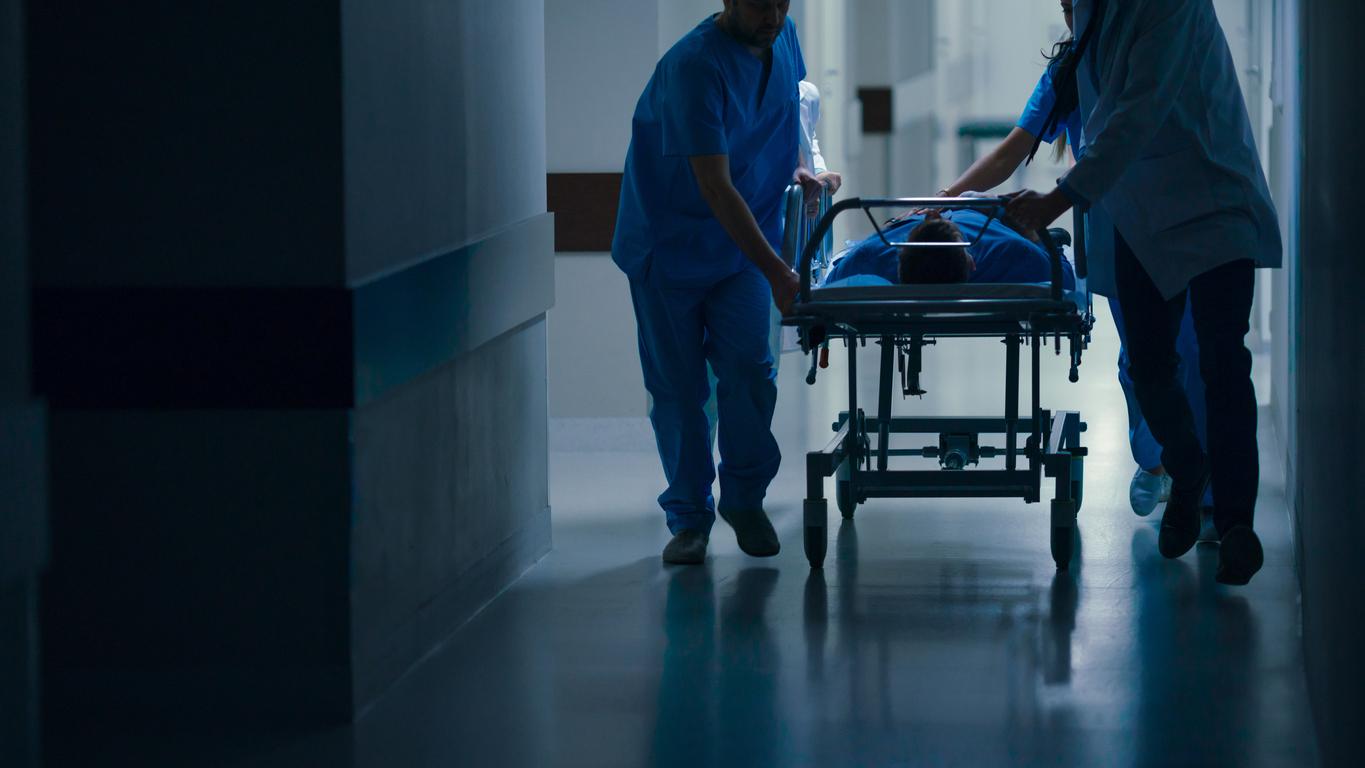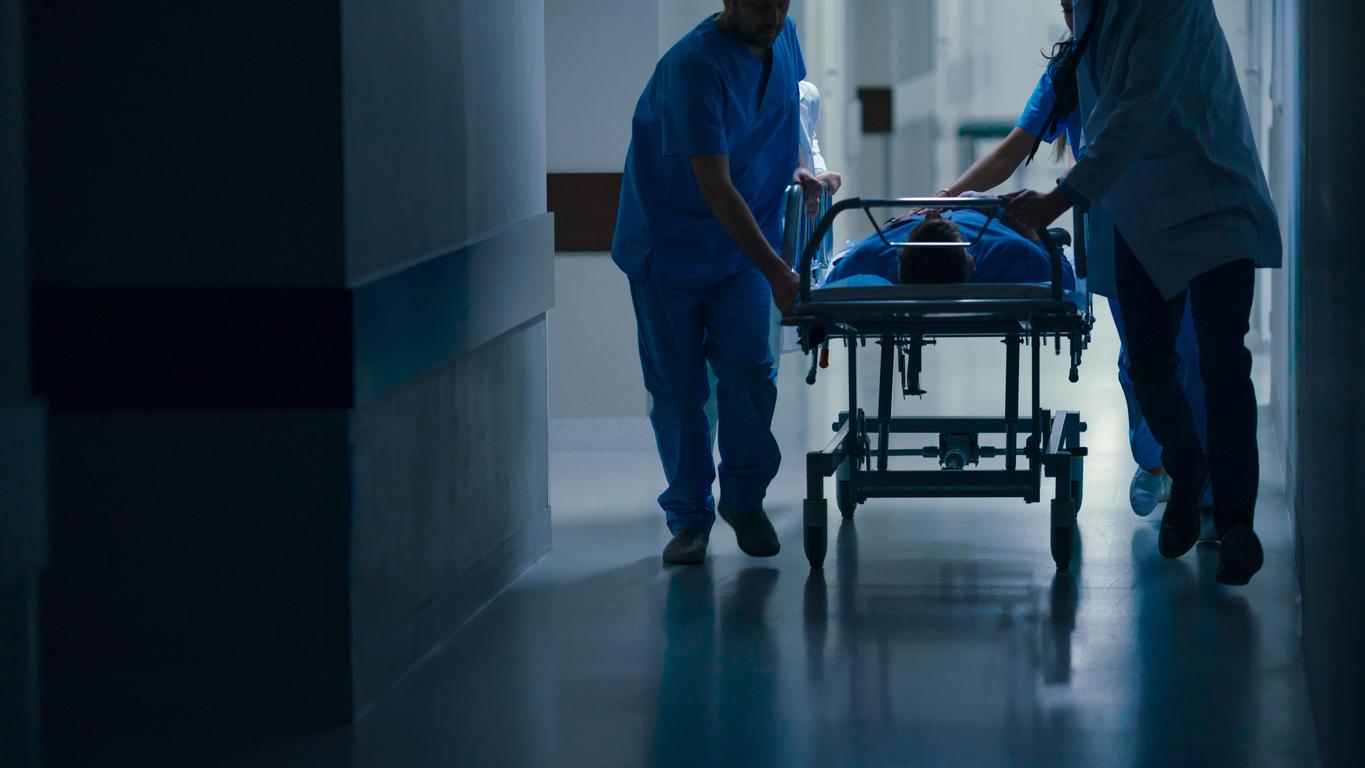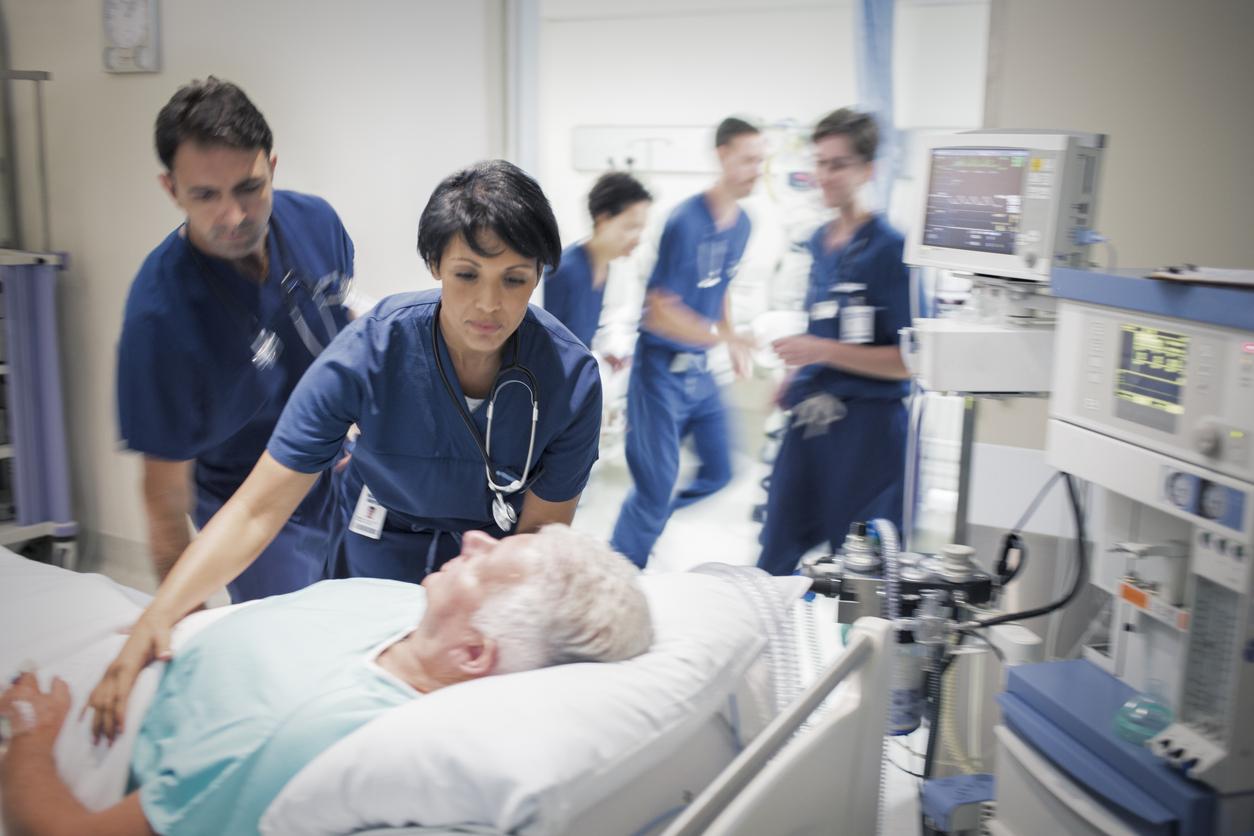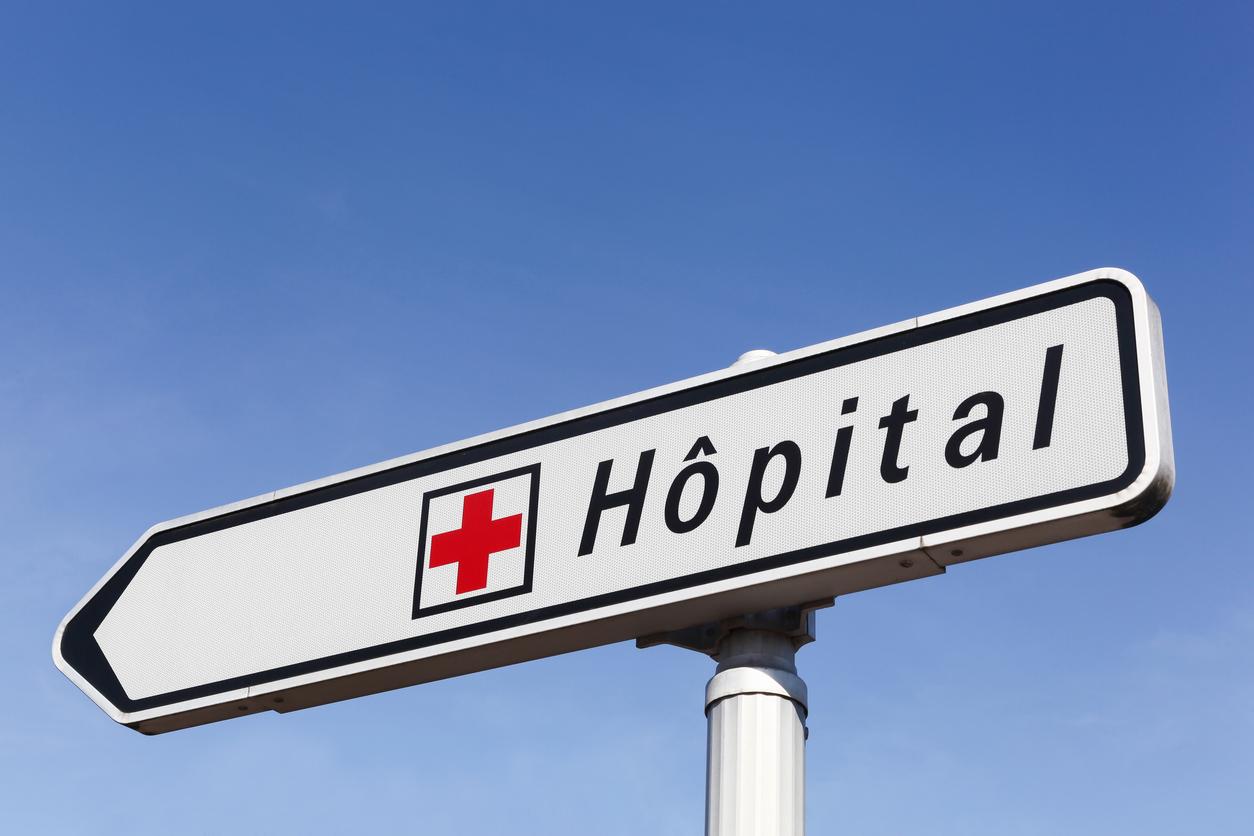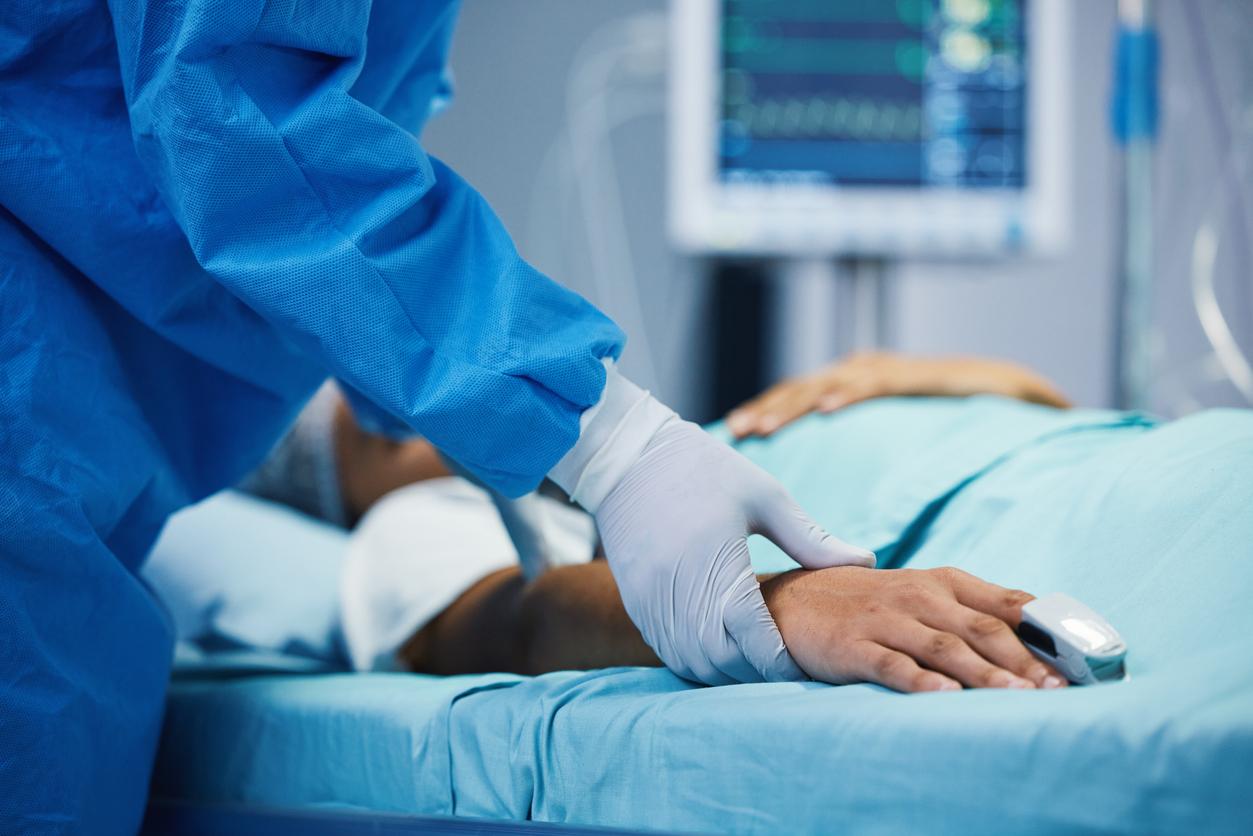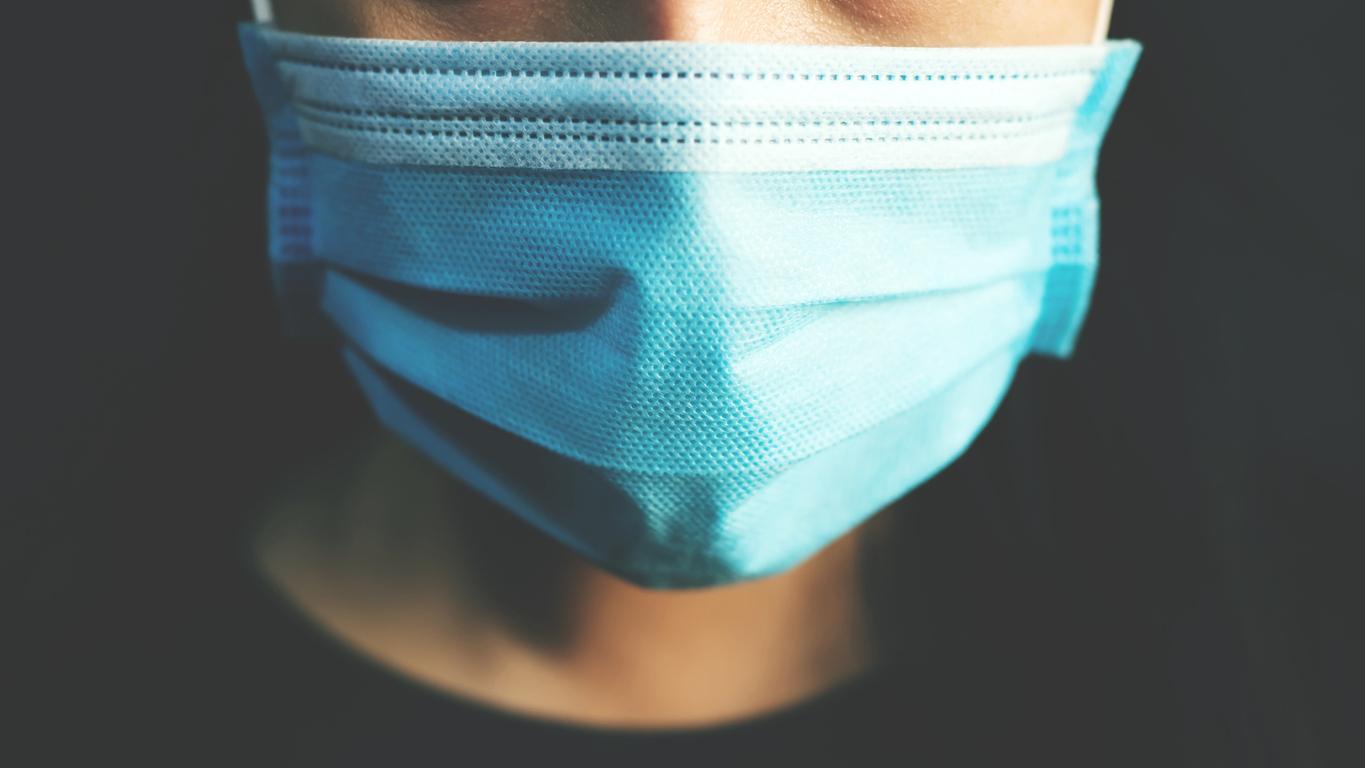The Nosocomial infections or healthcare associated infections (HAIs) occur during the care of a patient by a healthcare professional. Each year, 470,000 hospitalized individuals are affected by these urinary tract infections, pneumonia and septicemia in a hospital environment, after being integrated into the establishment. That is one in 20. 4000 people die from it every year.
Since 2006, their number has even reached a “Alleviate”, alert the Court of Auditors in its published annual report at the beginning of February. The controller denounces hygiene deficiencies and calls for “To make all the actors responsible for the proper application of the rules […] and in the correct prescription of antibiotics ”.
Lack of hygiene and antibiotic resistance
Paradoxically, advances in medicine do not reduce the risk. On the contrary. So-called invasive procedures, from surgery to endoscopies and mechanical ventilation in intensive care units save lives, but are not “Free from infectious risks”, explains the Court of Auditors. Corn some infections are preventable, she continues. On the one hand, in France, antibiotics are always over-prescribed. “Per capita consumption is three times that of the Netherlands, without any epidemiological reason explaining this difference”, write the magistrates.
On the other, the hygiene measures are “Sometimes neglected” : jewelry is worn despite its ban, clean and dirty medical devices are seen in the operating room, staff wear their work coats outside when they have lunch or when they smoke … “If an employee did that in a food factory, he would be fired. We tolerate in the hospital what we do not accept elsewhere “, thus declares to Parisian Alain-Michel Ceretti, the boss of France Assos Santé.
Known solutions
According to the report, while progress has nevertheless been made in hand hygiene, “The use of hydro-alcoholic solutions remains insufficient”. In fact, half of the health establishments have ordered a quantity “Less than two-thirds” to that really necessary. But the room for improvement is real and possible, and known solutions, say the magistrates. The proof: the hospitals of Paris (APHP) having tightened their rules would have observed a 20% decrease in the number of IAS in their premises.
The Court of Auditors finally notes that health professionals in hospitals, or social medical centers such as nursing homes, are insufficiently vaccinated against influenza. The vaccination rate of French nursing staff is estimated to be around 30% against the pathology.
Read also :
- Nosocomial infections: a majority of digestive infections
- Nosocomial infections: ranking of the safest hospitals








